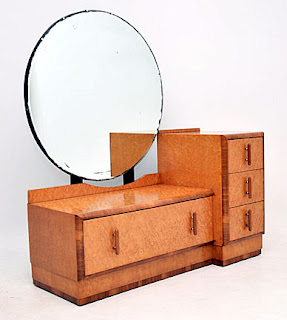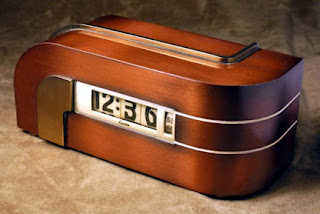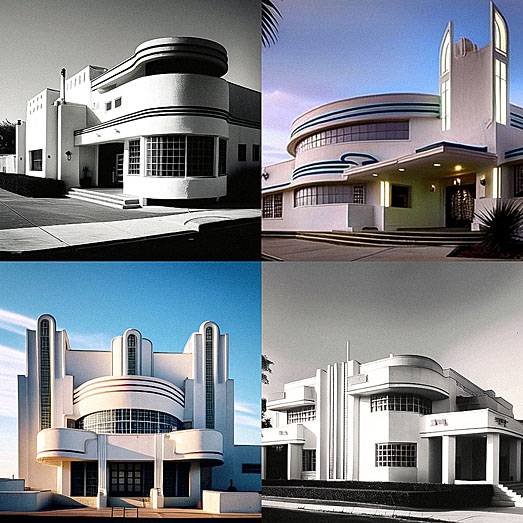 QUESTION: When I was very young, my mother would take me to visit my great grandmother. The first time I saw her she was wearing a beautiful pin with the picture of a lady carved on it. She later told me it was a cameo, given to her by her mother. She also had several others in different colors and designs. Needless to say, she has since passed, leaving her cameos to me. They are so beautiful but seem outdated by today’s standards. I may begin adding to the ones she gave me and would like to know more about their history and how I can tell how old they are.
QUESTION: When I was very young, my mother would take me to visit my great grandmother. The first time I saw her she was wearing a beautiful pin with the picture of a lady carved on it. She later told me it was a cameo, given to her by her mother. She also had several others in different colors and designs. Needless to say, she has since passed, leaving her cameos to me. They are so beautiful but seem outdated by today’s standards. I may begin adding to the ones she gave me and would like to know more about their history and how I can tell how old they are.
ANSWER: While cameos may not be in style today, they are nevertheless a great thing to collect. They span all periods from ancient to the early 20th century.
 Cameos have been around since 15,000 B.C.E, appearing first as carvings on rocks to record significant events in ancient Egypt.
Cameos have been around since 15,000 B.C.E, appearing first as carvings on rocks to record significant events in ancient Egypt.
 During the reign of Alexander the Great in the 3rd century B.C.E., Greek and Roman cameos featured religious figures and mythological images. During the Greek Hellenistic era, women wore cameos to display their willingness to engage in intercourse. Quattrocento collectors, those from the 15th century Italian cultural and arts period, began distinguishing among the ancient cameos.
During the reign of Alexander the Great in the 3rd century B.C.E., Greek and Roman cameos featured religious figures and mythological images. During the Greek Hellenistic era, women wore cameos to display their willingness to engage in intercourse. Quattrocento collectors, those from the 15th century Italian cultural and arts period, began distinguishing among the ancient cameos.
 Upper class women began wearing carved gemstones as a sign of wealth and prestige in the 18th century. Carvers soon realized they could use Plaster of Paris molds to recreate such gemstones as records of notable cameo collections. Scottish gem engraver and modeler James Tassie began using these molds recreate glass pastes that could pass as authentic, carved jewels.
Upper class women began wearing carved gemstones as a sign of wealth and prestige in the 18th century. Carvers soon realized they could use Plaster of Paris molds to recreate such gemstones as records of notable cameo collections. Scottish gem engraver and modeler James Tassie began using these molds recreate glass pastes that could pass as authentic, carved jewels.
 Carvers realized just how easily they could replicate expensive jewels. They discovered Cornelian shells, which were soft, durable, and easy to carve. In the 19th century, England’s Queen Victoria popularized shelled cameos. As interest grew, Napoleon took a particular interest in them. He brought carvers to France from all over Europe to create cameo jewelry for both men and women.
Carvers realized just how easily they could replicate expensive jewels. They discovered Cornelian shells, which were soft, durable, and easy to carve. In the 19th century, England’s Queen Victoria popularized shelled cameos. As interest grew, Napoleon took a particular interest in them. He brought carvers to France from all over Europe to create cameo jewelry for both men and women.
 The Industrial Revolution produced an affluent middle class with plenty of money, and leisure time in which to spend it. Scores of Victorians broadened their horizons with travel, taking the Grand Tour of the European continent, and acquiring mementos and small gifts along the way to bring home for friends and loved ones. An essential stop on every Grand Tour was Italy.
The Industrial Revolution produced an affluent middle class with plenty of money, and leisure time in which to spend it. Scores of Victorians broadened their horizons with travel, taking the Grand Tour of the European continent, and acquiring mementos and small gifts along the way to bring home for friends and loved ones. An essential stop on every Grand Tour was Italy.
A new type of cameo, made of petrified lava, also appeared in the 19th century. Colored lava extracted from an archaeological dig at Pompeii proved useful for highly detailed carvings. Women during this time were embarking on their Grand Tours, which were traditional trips were taken by wealthy young European men and women serving as an educational rite of passage. Women often purchased lava cameos as souvenirs of their travels, which established them as symbols of status and wealth.
But what exactly is a cameo? A cameo is a small piece of sculpture, often a profiled head in relief, on a stone or shell cut in one layer with another contrasting layer serving as the background. They could be made of any layered material capable of being carved so that the layers underneath were exposed. Over the centuries, cameos have been made of shell, stone, lava, gemstones, plastic and glass.
Cameos most commonly appear as portraits of women, although other popular subjects are men, groups, scenery, animals and flowers. Classic cameos, such as the ones Victorian women brought back to England, were made of shell and often depicted Greek and Roman gods and goddesses, recognizable by the various symbols placed in their hair or else-where in the portrait. An example of this was Diana, the Goddess of the Hunt, always depicted with a crescent moon in her hair, and sometimes carrying a quiver of arrows and a bow.
 There are several ways to date a cameo. The first is its construction. A Victorian brooch. made before the invention of the locking pin clasp, has a simple "C" clasp, indicating it was made before 1900. Also, the pin shaft in a Victorian brooch extended out past the rim of the brooch and was visible when a woman wore one.
There are several ways to date a cameo. The first is its construction. A Victorian brooch. made before the invention of the locking pin clasp, has a simple "C" clasp, indicating it was made before 1900. Also, the pin shaft in a Victorian brooch extended out past the rim of the brooch and was visible when a woman wore one.
The hair, clothing, and even the nose of the subject can also identify an older cameo. A Greco-Victorian cameo, while a short bob will appear on a cameo made during the early 20th century. Clothing styles change too, so looking at the subject's style of dress can help one date a cameo. And then there's the nose. During the Victorian era, the "Roman" or aquiline nose, a long nose with a straight bridge, was a sign of classic beauty. Later, society came to view a smaller, upturned nose as most attractive.
 The finest, most expensive cameos are those made from semi-precious stones. Agate is one of the most popular since it’s difficult to carve and requires significantly more skill to produce.
The finest, most expensive cameos are those made from semi-precious stones. Agate is one of the most popular since it’s difficult to carve and requires significantly more skill to produce.
The rareness of a cameo is a stronger determinant of its value than its age. For example, though the Roman Empire predated the Renaissance era, Collectors consider Renaissance cameos more valuable because there are fewer of them. The metal used can also give an indication of the age of a cameo. If the mounting is a pinchbeck—an alloy of copper and zinc resembling gold—it was likely made between the early 18th century and mid-19th century. Gold electroplating wasn’t patented until 1840, so all cameos that are plated were carved after this date.
 |
Collectors today look for skillful hand-carving, exquisite detail and interesting subjects. Also, a cameo should be judged on the content and quality of the setting, its size and, most importantly, its condition. It's a good idea to hold a cameo up to the light to look for stress lines and cracks, before purchasing. Details such as the creative use of the coloring of the shell or stone, and the adornment of the subject with jewels or other accessories will also increase the desirability, and therefore the price, of a cameo.
To read more articles on antiques, please visit the Antiques Articles section of my Web site. And to stay up to the minute on antiques and collectibles, please join the over 30,000 readers by following my free online magazine, #TheAntiquesAlmanac. Learn more about "The Vernacular Style" in the 2024 Winter Edition, online now. And to read daily posts about unique objects from the past and their histories, like the #Antiques and More Collection on Facebook.











































